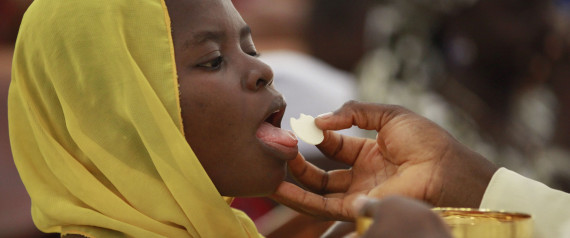Conscience, hope and the double bind
Michael Whelan SM
One of the most wonderful gifts one human being can give another is the sense of realistic possibility. The presence of faith, hope and love tends to do this for us – especially when we are young and vulnerable.
When others – typically parents – communicate faith in us, hope for us and love no matter what, it can awaken a realistic sense of our own dignity and worth and allow us to engage the world with some confidence and honesty.
It tends to engender in us a life-giving sense of possibility, preparing us for adulthood ...
where we are confidently responsible and accountable for what we do and say.
One of the most destructive things we can do to another person is to rob them of a sense of realistic possibility.
When faith, hope and love are more or less inadequate to the child’s real needs or are replaced by over-control, cynicism, lack of care or even violence, it is highly likely that the child will grow up with a more or less poor sense of self and what is truly possible for them.
In this way, a person’s ability to be open to the future with a good measure of joy and grace, freedom and hope, will also be more or less diminished.
William Lynch SJ reminds us of the critical connection between a sense of the possible and hope – and by implication, the connection between a sense of the impossible and despair:
“... hope is, in its most general terms, a sense of the possible, that what we really need is possible, though difficult, while hopelessness means to be ruled by a sense of the impossible. Hope therefore involves three basic ideas that could not be simpler: what I hope for I do not yet have or see; it may be difficult; but I can have it – it is possible. Without this way of feeling about ourselves and things, we do nothing. We do not act or function. There is no energy.” (William Lynch, Images of Hope, University of Notre Dame Press, 1974, 32.)
Lynch goes on:
“One of the best safeguards of our hopes ... is to be able to mark off the areas of hopelessness and to acknowledge them, to face them directly, not with despair but with the creative intent of keeping them from polluting all the areas of possibility. There are thousands of things that we cannot do, thousands of things that some can do and others cannot.
To keep the two, the possible and the impossible, in place is to stay free of intolerable burdens. Thus with hope and hopelessness. We must have both. We all have areas of hopelessness, areas where we know that we are helpless or incompetent. We all know that there are situations we cannot handle, things we cannot do, tasks which for us would be hopeless.
But it contributes enormously to our well-being to keep all of these areas and problems sorted out from the things we can do, or can at least do with help. Thus, I repeat, the hopelessness does not get into the hope, nor do the areas of adequacy get into the areas of inadequacy. I know what I can do.
It is good to come to rest in the possible, letting the other people be, leaving them to the secret of their own possibilities. I stay within the human and leave the rest to fools and angels.” (Lynch, op cit, 62)
A particular obstacle to a healthy sense of the possible – and therefore hope – can come through the double bind. (See Gregory Bateson, Steps to an Ecology of Mind (Ballantine Books, 1972/1985)). In a double bind a person is faced with:



No comments:
Post a Comment